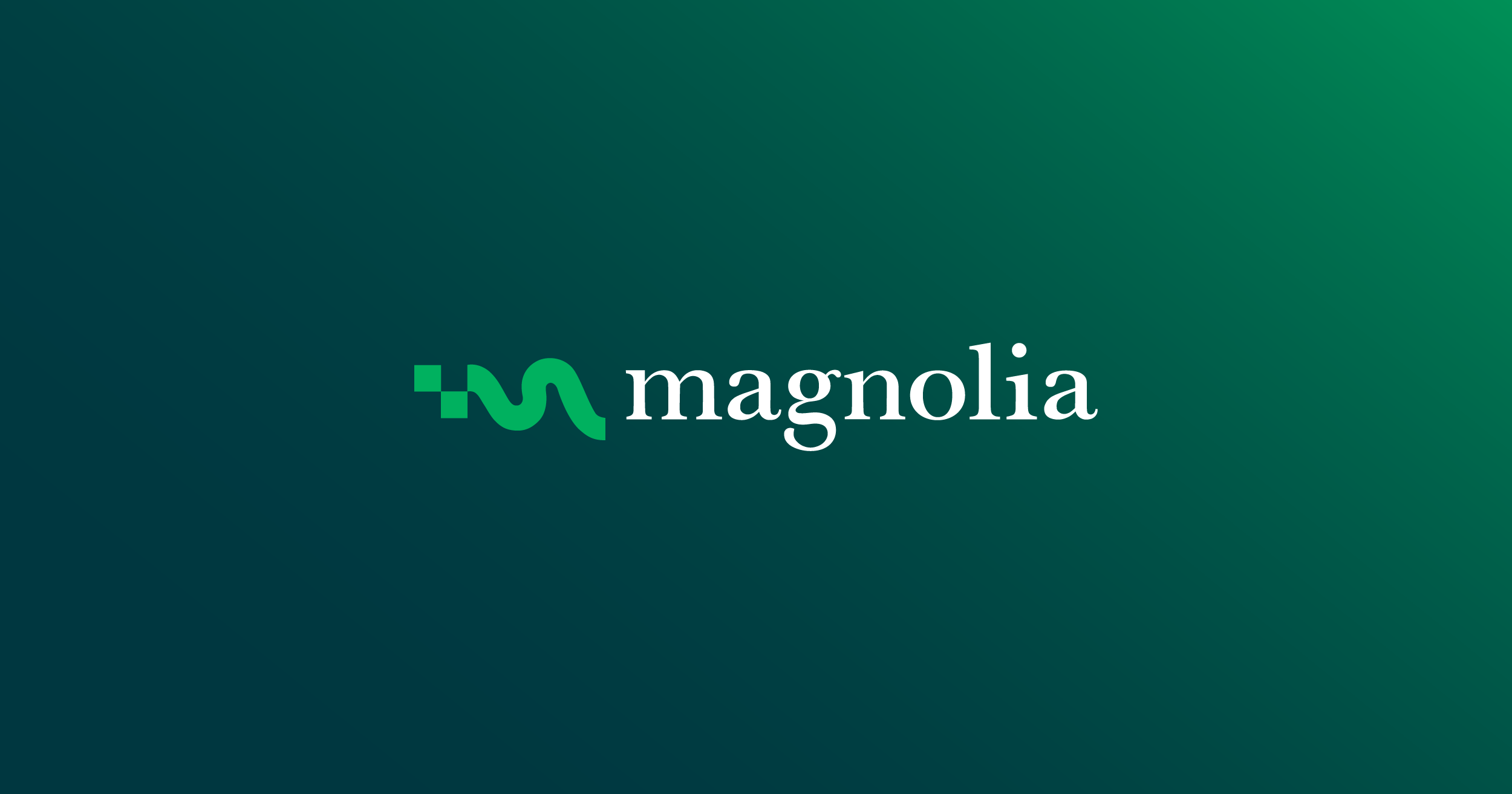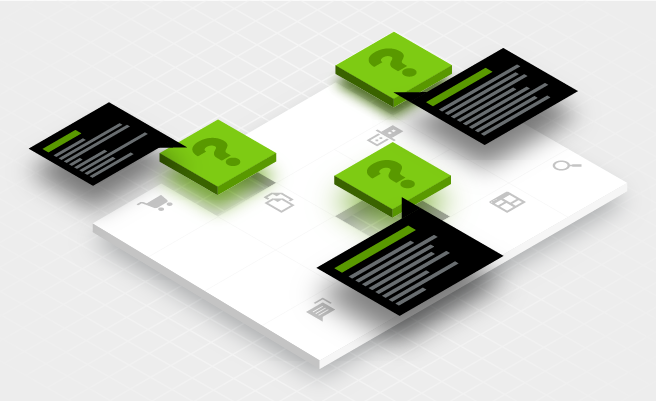What is a DXP?
A Digital Experience Platform (DXP) is a set of integrated technology components that together provide the tools and capabilities to create, manage, and deliver content and experiences across digital channels and touchpoints in a consistent, unified way that allows developers and non-technical users, for example, marketing teams, to collaborate.
A composable DXP is built using a modular architecture, enabling organizations to adapt their digital strategy and execution to changing user behavior and customer needs.

构建自由组合的 DXP
为客户提供跨渠道、个性化的数字体验,需要企业选择现代化的、功能强大且易于集成的系统(包括 CMS、数据分析、电商后台、营销自动化系统等)来构建数字体验平台(DXP)。
为了降低项目的复杂性,我们开发了一个 DXP 框架,将 DXP 分成 3 个层,每个层有 4 个构建块,使其更容易理解和设计。这些构建块允许您以小规模起步,同时考虑到未来的发展,允许您在学习和成长过程中扩展企业的 DXP 的功能。
虽然您可能尚未拥有 DXP 的所有组件/功能,但您可能会发现,您的现有的系统已经包含了 DXP 的许多部分。这个框架将帮助您了解 DXP 的蓝图,并找到企业可以加强的方向。


体验层
搜索和发现
可查找的信息包括 SEO
多渠道编排和交付
向各种数字平台和设备提供体验,交付自动化
国际化和个性化
数据驱动的个性化和情景化,接触点本地化
访问和资料管理
客户注册和资料管理

管理层
线上市场活动管理
跨渠道的市场活动,包括 APP、微信公众号、网站、邮件和移动设备
内容管理
体验管理、内容管理、前后端分离的 CMS 和多站点管理
协作和审批管理
跨部门沟通和协作、运营和审批工作流
分析和优化
分析和商业情报、A/B 测试和客户生命周期管理

基础架构层
基础架构层
部署
Magnolia 提供云部署和本地部署两个选项
开发人员工具
低代码和灵活开发、API、CI/CD 和自动化
集成和扩展
与相关系统的集成,以及数据调用。
安全和隐私
访问控制、SSO、针对安全和隐私标准的合规性,其中包括 ISO 27001 和 GDPR
Magnolia 的优势

DXP 101: From disjointed to seamless customer experiences
There is a shift away from content management to digital experience management. Market leaders and disruptors now go beyond creating and managing digital content and focus more on holistic, integrated customer journeys.
Led by analyst firms Gartner and Forrester, the category of Content Management Systems (CMSs) evolved into Digital Experience Platforms (DXPs). Our beginner’s guide will help you make sense of the DXP and equip you with the knowledge you need to choose the right solution for your business.
通过集成实现强大的数字体验平台(DXP)

Magnolia 的内容管理系统是数字体验平台(DXP)的核心组件之一,它提供了内容和体验管理功能。Magnolia 还提供了额外的组件,如个性化、优化和跨渠道体验交付。您可以将 Magnolia 与您选择的营销自动化、电商和数据分析系统集成,搭建强大的数字体验平台(DXP)。
FAQs
Sign-up for a developer trial
立即获取 30 天的免费试用!
现在就开启探索 Magnolia CMS 的旅程:
- 申请 30 天的免费试用。
- 我们把License和所需的资源通过邮件发送给您。
- 安装 Magnolia 并开始创建您的项目。










